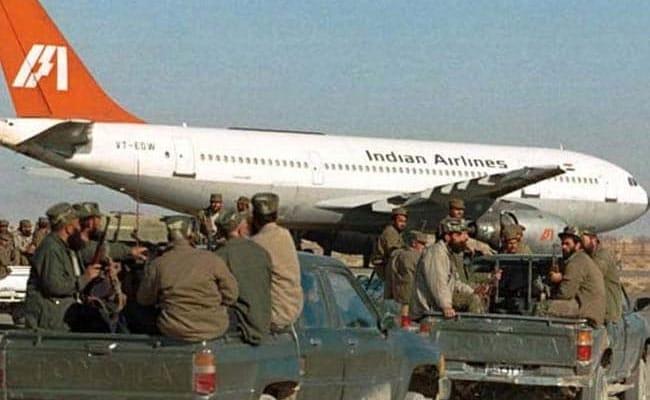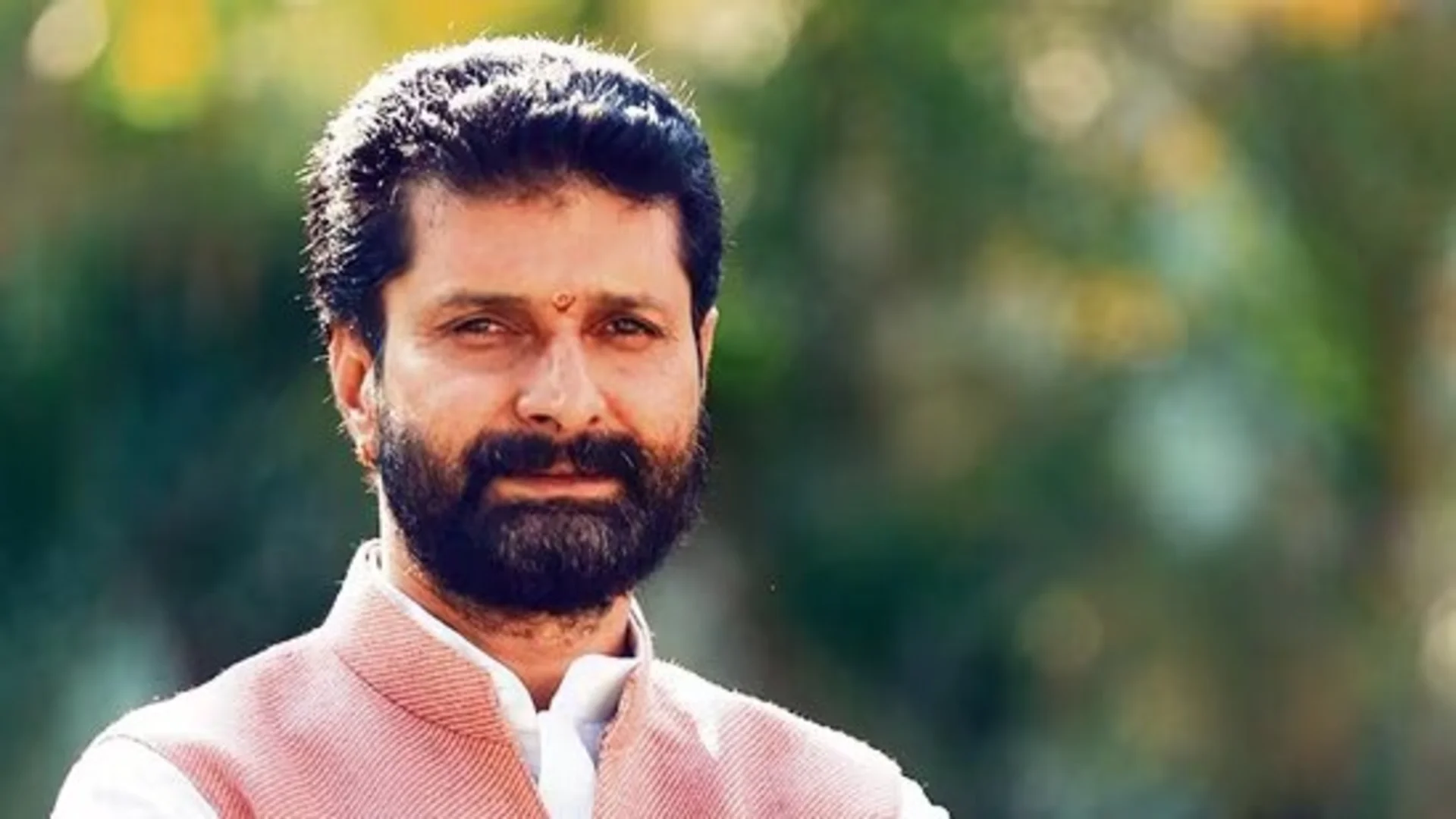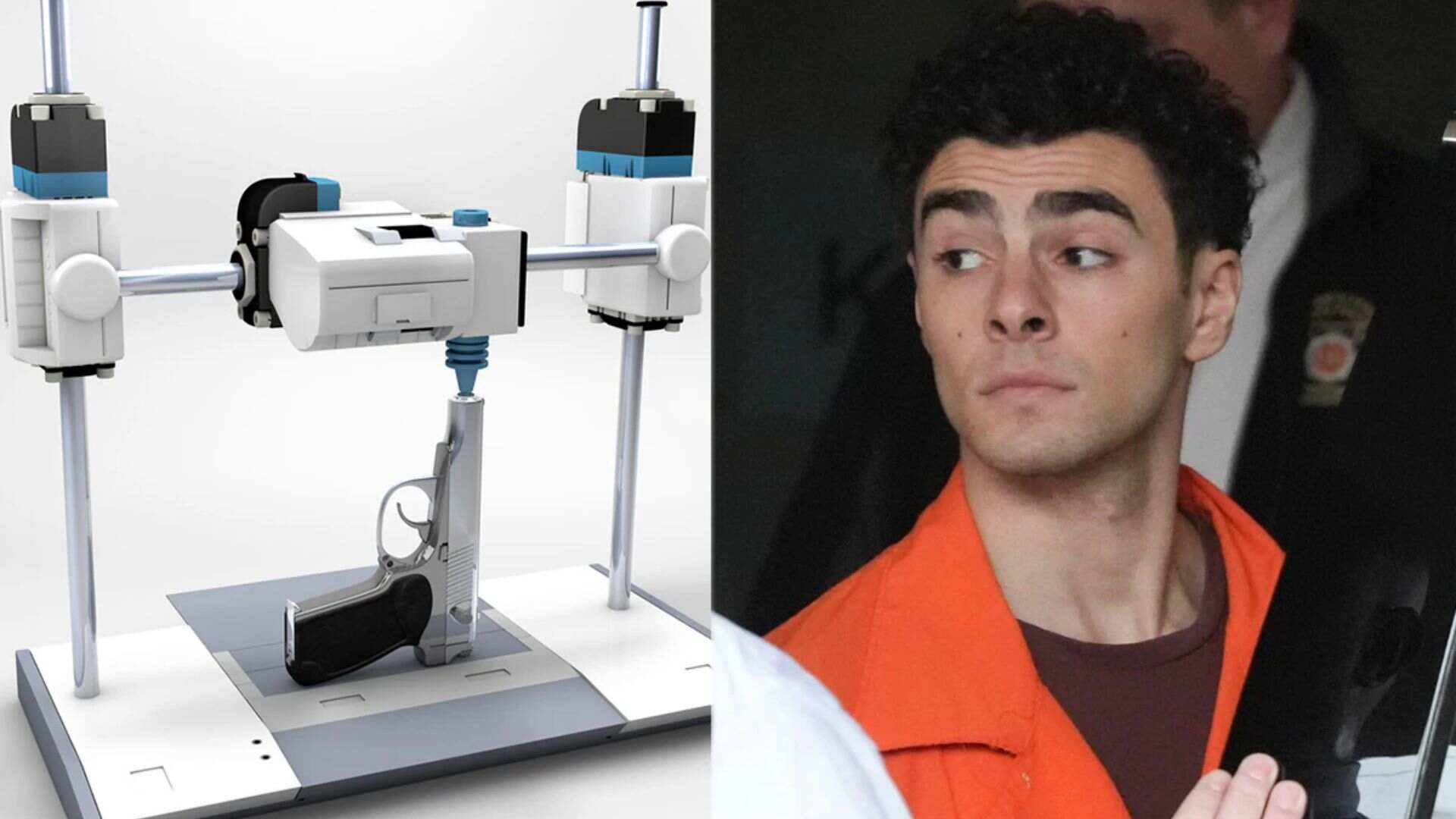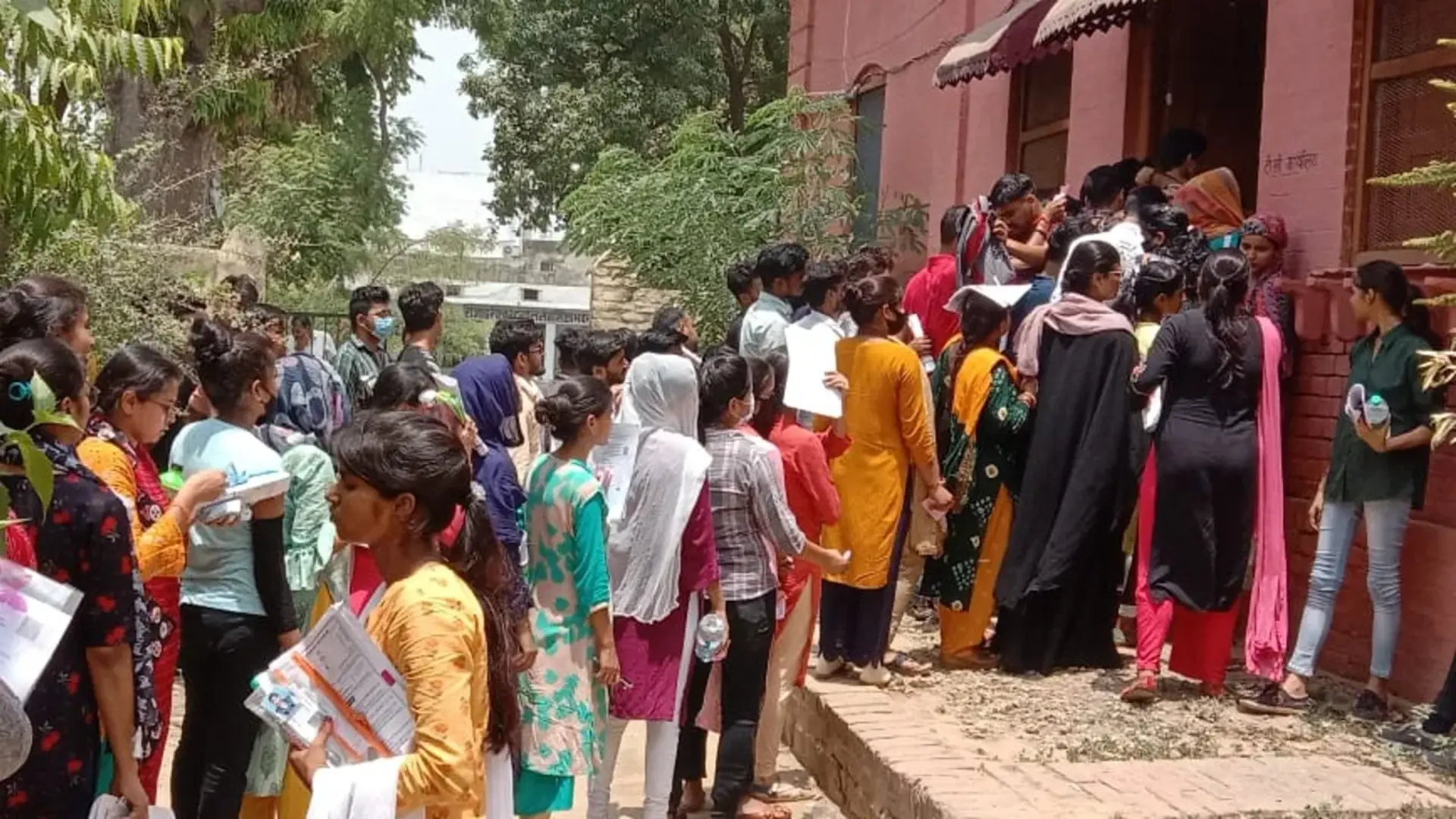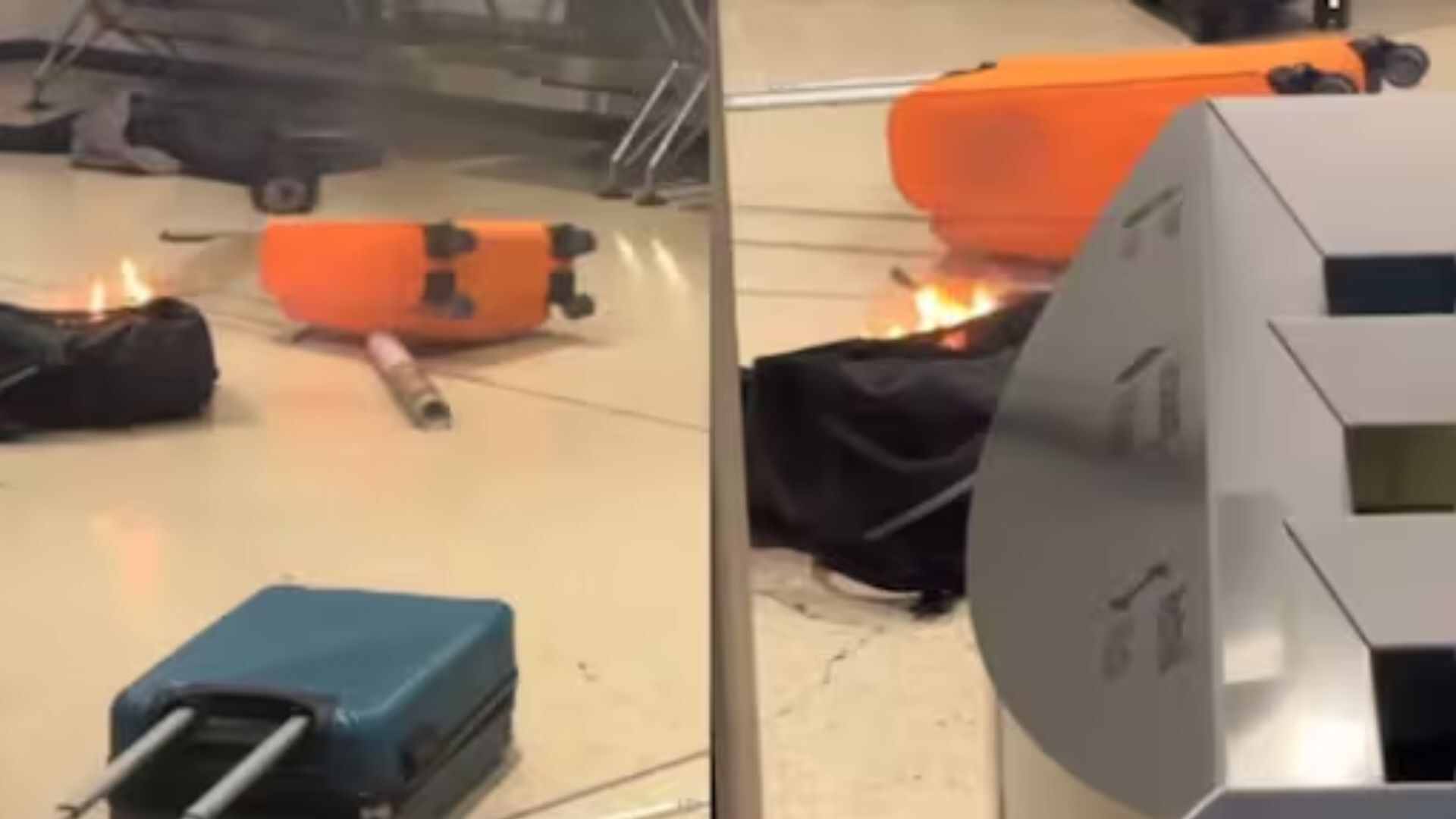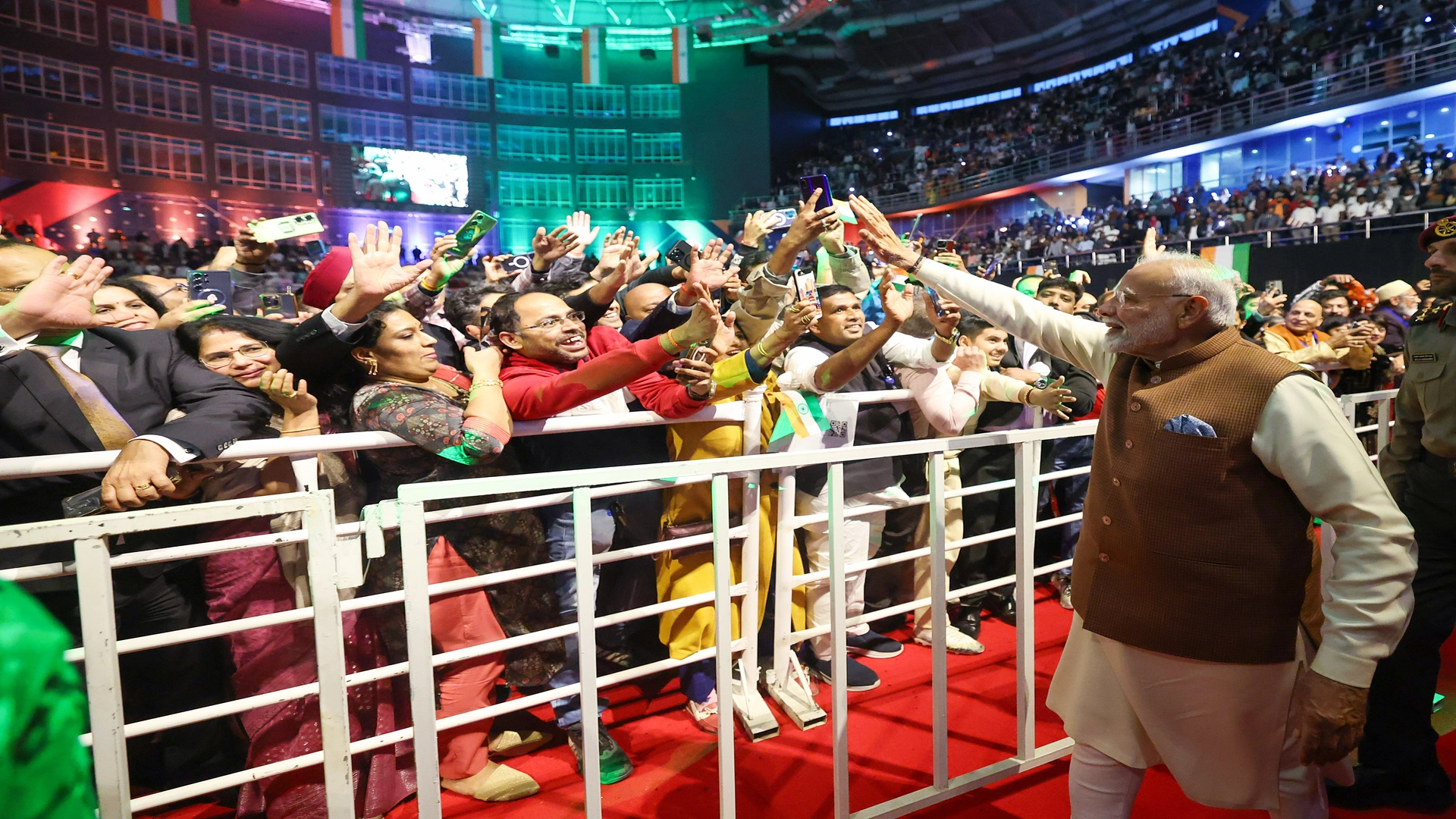In the absence of proper scholarship on relatively recent events of national importance, there often exists an information void which needs to be filled, primarily to inform or remind the people of the prices this country has paid to preserve its sovereignty and integrity, as well as to put on record the mistakes made, to ensure that such incidents are not repeated. The hijacking of Indian Airlines flight IC-814 on its way from Kathmandu to New Delhi was one such incident. It was hijacked on 24 December 1999, at the turn of the century, when the world was busy getting ready to usher in a new millennium.
Amid all the excitement of a new era dawning, broke the news of the hijacking, and it was as if the country went into a state of mourning for the next few days as the hijackers took the plane to Kandahar, killed a hostage in cold blood, even while seeking the release of dreaded terrorists—almost all of them Pakistanis—locked in Indian prisons. The hijacking was one of the worst intelligence and security failures that India saw a quarter of a century ago. It was a wake-up call for the government of the time and our security apparatus, which seemed ill-equipped to handle the sudden emergency emanating from what was essentially international terrorism. Remember that the hijacking took place around 21 months before the 9/11 attacks. Islamist terrorism was still a relatively new phenomenon and was not yet deemed as one of the world’s biggest security threats. India’s anti-terror mechanism was still in its nascent stages and the devious Pakistani ISI, which had started emerging as the font of international terrorism, used civilians to make India bend to its will.
Apart from the security angle, there is a lot to learn from the hijacking, including lessons in human behaviour and about the politics that plays out in situations like this, among other things. Hence, anyone trying to fill the information void by recording the story for posterity, has the responsibility to portray the events correctly, so that the wrong message does not go out. While taking creative liberties is an accepted practice of storytellers or film directors, the problem starts when such artistic licences push the boundaries of veracity to such an extent that the story becomes a caricature of what the original incident was all about.
The controversy surrounding film director Anubhav Sinha’s web series “IC 814: The Kandahar Hijack” is not about politics. There is complete consensus on the poor handling of the IC-814 hijacking by the then NDA government led by Atal Bihari Vajpayee. The controversy is about the white-washing of the terrorists and their masters by the filmmaker. It’s problematic that Sinha humanises the terrorists to the extent that they are shown as going out of their way to help the passengers, making things comfortable for them, constantly telling them that they have no intention of harming them. The problem is with the portrayal of the terrorists as young men gone astray and not dreaded killers nurtured by the terror factories of Pakistan. The problem is with the attempt to hide the religious identity of the terrorists, as well as the whitewashing of Pakistani ISI’s role in the hijacking. IC-814 was an out and out Pakistani ISI operation.
If the Taliban got involved in “protecting” the aircraft in Kandahar, it was on ISI’s instruction—it is believed that this was because the ISI was worried that Indians would storm the aircraft in Kandahar and rescue the hostages. Osama bin Laden—who, it is implied by the series, was the brain behind the hijacking—had nothing against India. In fact, India was never on his crosshairs, even when he was hiding in Pakistan after 9/11. So whose script is the director following when blaming Osama for the hijack? To absolve Pakistan of any responsibility, to show RAW as involved in torture, to mention only the Hindu code names of the terrorists, without disclosing their original Muslim names even once—all this suits the ISI so well. In fact, in the 26/11 Mumbai terror attacks, if Ajmal Kasab was not caught and confessed to his crime, the canard would have been spread that the attacks were carried out by Hindus as Kasab and Co had worn the Hindu sacred red thread to pass themselves off as Hindus. Even then, some Indian commentators at the time tried to spin the narrative that the attacks were carried out by Hindus, so allergic they were about mentioning the religious identities of the terrorists.
It seems Anubhav Sinha suffers from the same affliction, and would rather peddle agenda by allowing his left-liberal views to mar facts, even if that plays straight into the hands of the nation’s enemies. The extreme dishonesty on display in the web series is bound to be misused by Pakistani propagandists to paint an alternate reality of the IC-814 incident. Is this what the filmmaker wants? While filling the information void is important, when it is done at the cost of a nation’s history or one’s integrity, questions are bound to rise about the motivation behind the distortion.

